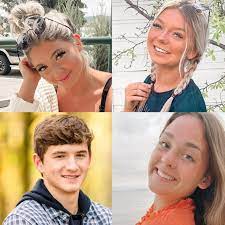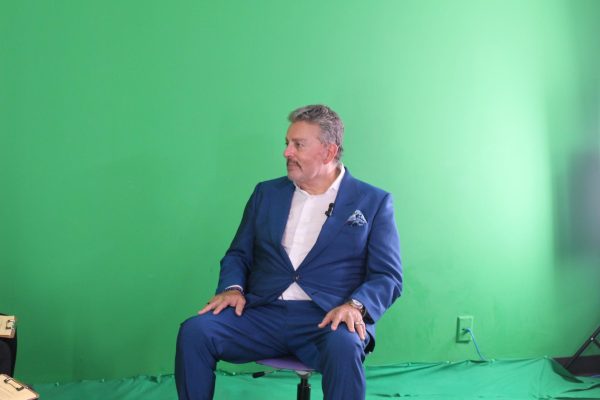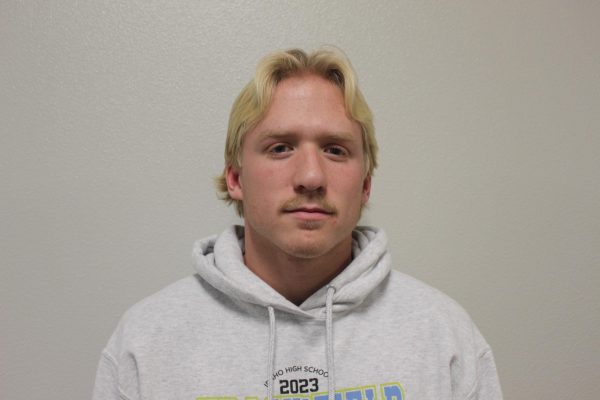Trump turns to Twitter: Americans turn to Constitution
President Trump turned to Twitter Feb. 15, to offer explanation for a recent shooting. Image courtesy of twitter.com.
The solution to gun violence is not a one-and-done fix.
The solution to gun violence is not only gun control. It is not only mental health care. The solution to gun violence
is not black and white; it is a melting pot of many actions.
Growing up in Idaho, I know my guns. The first gun I ever received was a hot pink .22 rifle. To this day, it remains one
of my favorite guns to use at a shooting range. Still, for as long as I can remember, I’ve known never to point a gun
at someone, regardless of whether or not it was loaded.
I know that gun control is a touchy subject, and it likely always will be. Gun-toting Americans are quick to reference the Second Amendment in defense of their semi-automatic weapons. However, in wake of the recent mass murder in Florida, a question is raised: should civilians have access to weapons that can fire dozens of rounds in a matter of seconds?
Semi-automatic weapons have little purpose in the civilian world. They cannot be used for hunting, and they are in no way compact enough to label as concealed weapons. A handgun or a rifle is reliable enough to offer home protection. A gun such as an AR-15 has no purpose other than to kill, and it only truly belongs on the battlefield.
Yet people all over the U.S. own these guns and face few struggles in order to attain one. Trying to regulate ownership
and use of these guns seems a nearly impossible uphill fight, but gun control isn’t all or nothing. Taking away these weapons seems like an idea that would never pan out. Going door-to-door and seizing said weapons? Impossible.
But if that won’t work, then what will? To start, buy-back programs have proven successful, such as those in St. Louis, Missouri. In Dec. 2017, the city of St. Louis purchased over 800 firearms from citizens, no questions asked.
Still, in a nation holding over 3 million registered guns alone, buying back less than 1,000 of those weapons is an
unfathomably small number. Yet this number is still larger than zero. And anything more than zero is an important
step, although small. Nearly any step the nation takes is a step away from an era of gun violence and school shootings.
Another commonly heard solution to gun violence is to make mental health care more easily accessible. Yes, more mental health care would be beneficial. It cannot solve the problem all on its own, but mental health care can contribute to a safer future.
After tragedies such as the Florida shooting, it is entirely common to see claims that the murderer was mentally disturbed or unstable.
President Trump tweeted Feb. 15, “So many signs that the Florida shooter was mentally disturbed, even expelled from school for bad and erratic behavior.”
Human behaviors are result of many factors, and the actions of school shooters are no different. If shootings were only due to poor mental health, the occurrence of shootings would only grow.
Rates of documented psychological disorders have skyrocketed since the 1980s, according to Psychology Today. Thanks to a variety of causes, depression, anxiety and personality disorders are frighteningly more common today.
So the solution to gun violence isn’t an overnight fix. It will take years of maximum effort and lessons from mistakes.
Still, with guns taking over 2,000 American lives in 2018 alone the nation has plenty to learn. Aren’t children’s lives more important than rights to own a weapon that is only made to kill?











